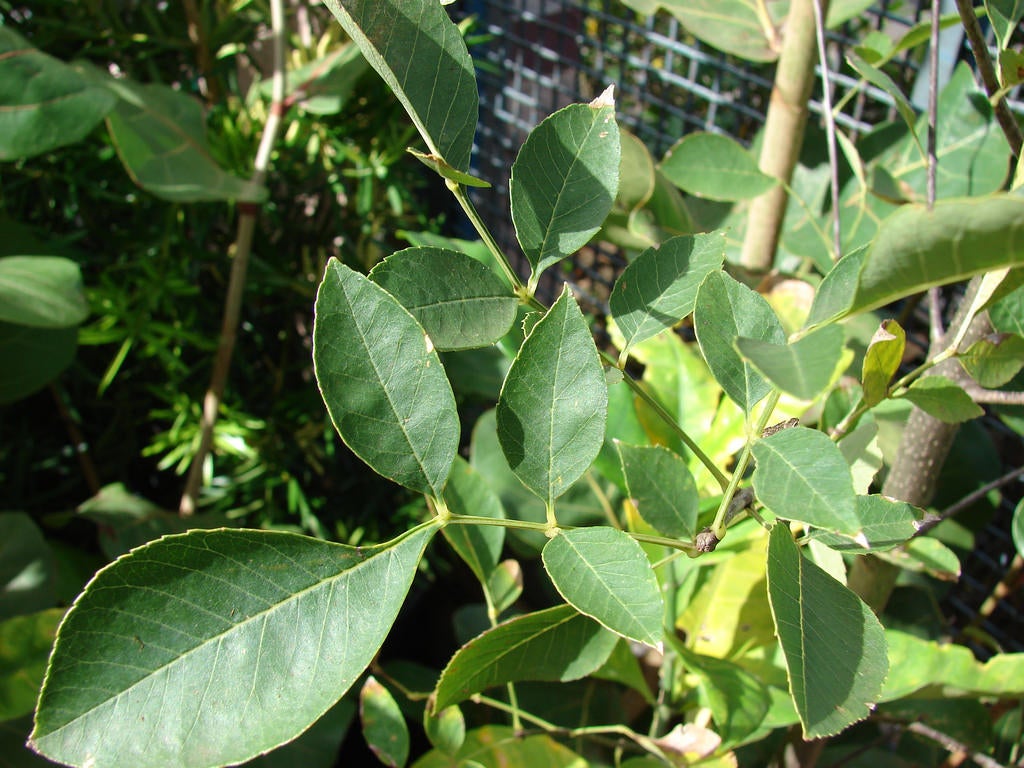What Is Arizona Ash – How To Grow An Arizona Ash Tree


What is Arizona ash? This classy-looking tree is also known by a number of alternate names, including desert ash, smooth ash, leatherleaf ash, velvet ash, and Fresno ash. Arizona ash, found in the southwestern United States and some areas of Mexico, is suitable for growing in USDA plant hardiness zones 7 through 11. Read on to learn about growing Arizona ash trees.
Arizona Ash Tree Information
Arizona ash (Fraximus velutina) is an upright, stately tree with a rounded canopy of deep green leaves. It is relatively short-lived but may survive 50 years with proper care. Arizona ash reaches heights of 40 to 50 feet (12-15 m.) and widths of 30 to 40 feet (9-12 m.).
Young Arizona ash trees display smooth, light gray bark that turns rougher, darker, and more textural as the tree matures. This deciduous tree provides great shade in summer, with bright golden-yellow leaves in fall or early winter depending on the location.
How to Grow an Arizona Ash
Water young trees frequently. Thereafter, Arizona ash is relatively drought-tolerant but performs best with regular water during hot, dry weather. Ordinary soil is fine. A layer of mulch will keep the soil moist, moderate soil temperature, and keep weeds in check. Don’t allow mulch to mound against the trunk, as it may encourage rodents to chew on the bark.
Arizona ash needs full sunlight; however, it can be sensitive to extreme desert heat and needs a full canopy to provide shade. The trees rarely need to be pruned, but it’s a good idea to consult a professional if you think that pruning is necessary. If the canopy is too thin, Arizona ash is prone to sunscald.
Part of your Arizona ash care will include feeding the tree once every year using a slow-release dry fertilizer, preferably in autumn.
Arizona ash is prone to fungal disease in warm, humid weather. The fungus damages small, new leaves and can actually defoliate a tree in spring. However, it isn’t deadly and the tree will generally rebound the following year.
Sign up for the Gardening Know How newsletter today and receive a free copy of our e-book "How to Grow Delicious Tomatoes".

A Credentialed Garden Writer, Mary H. Dyer was with Gardening Know How in the very beginning, publishing articles as early as 2007.